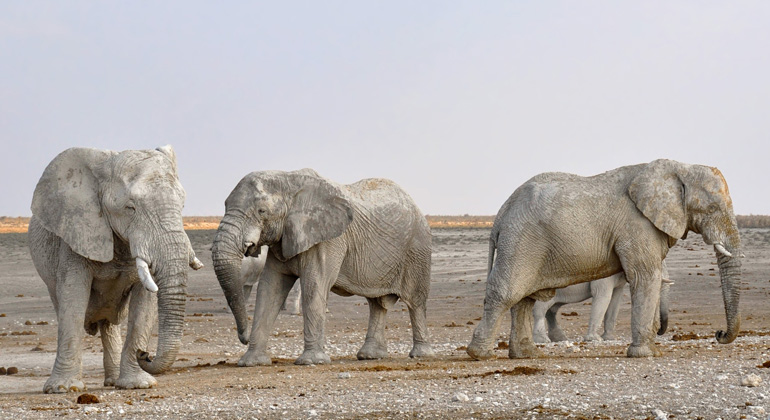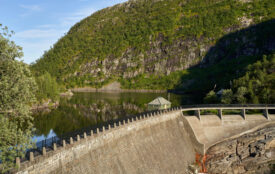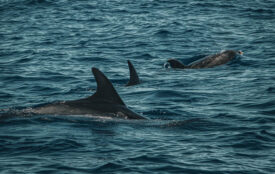EU pushes for further tightening of wildlife trade rules at global summit on wildlife conservation
On 24th September, representatives of 182 countries and the EU will gather at the 17th Conference of the Parties to the UN Convention on Trade in Endangered Species (CITES CoP17) in Johannesburg, South Africa to agree tangible measures to better protect some of the planet’s most vulnerable species.
The EU will participate for the first time as a full member of CITES and will seek stricter international measures against wildlife trafficking, in line with the EU action plan on wildlife trafficking. It strongly supports the continued ban on trade in ivory.
The 17th Conference of the Parties to the UN Convention on Trade in Endangered Species (CITES CoP17) will take place between 24 September and 5 October 2016 in Johannesburg, South Africa.It provides a forum for Parties to review the implementation of the CITES Convention, which covers more than 35 000 plants and animals, ensuring that trade remains legal, traceable and sustainable, and to adopt new binding measures for wildlife protection.
The EU and its Member States, represented by Commissioner for Environment, Maritime Affairs and Fisheries Karmenu Vella, come to Johannesburgwith a united voice and an ambitious agenda. The EU will propose to address wildlife trafficking and the corruption associated with it, to define international standards on trade in hunting trophies, ensuring that such trade can only happen when both legal and sustainable. It also proposes to include additional marine (sharks), timber (rosewood), and exotic pet species (reptiles) in CITES, or upgrading their protection under CITES (parrots and mammals) as they are subject to unsustainable or illegal international trade.
Commissioner Vella said: “The EU is proud to be a world leader in the fight against wildlife trafficking. We see the CITES CoP as an opportunity to get even tougher on the fight against wildlife trafficking and the corruption that fuels it. Through CITES, we will be working with our partners to implement the new EU Wildlife Action Plan to the full. We are building a global alliance among countries to protect wildlife where it lives, block points of transit, and stamp out the illegal demand”.
In particular, the EU will support a continuation of the ban on international trade in ivory and press for the adoption of strong measures against ivory trafficking, as well as trafficking affecting rhinoceroses, tigers, great apes, pangolins and rosewood.
The EU’s efforts are part of a broader approach to fight illegal trade in wildlife. Earlier this year the EU agreed on a comprehensive Wildlife Trafficking Action Plan which will be implemented jointly by the EU institutions and the Member States up to 2020.
Background
Wildlife trafficking represents the 4th biggest international criminal network. Recent years have seen a dramatic surge in wildlife trafficking. An estimated 8 to 20 billion euro pass annually through the hands of organised criminal groups, ranking alongside the trafficking of drugs, people and arms. It not only threatens the survival of some emblematic species, it also breeds corruption, provides funding to militia groups, claims human victims, and deprives poorer communities of much-needed income.
The CITES Convention is an important instrument to bring trafficking under control as it can take legally binding measures and agree on sanctions against countries that do not live up to their commitments. The EU became a full Party to the CITES Convention in 2015. It participates for the first time in this capacity in the Conference of the Parties in addition to all 28 Member States.
The EU has been a major supporter of the CITES Convention and intends to continue to provide substantial financial support both to the activities of the Convention and to the protection of wildlife, in particular in Africa.








